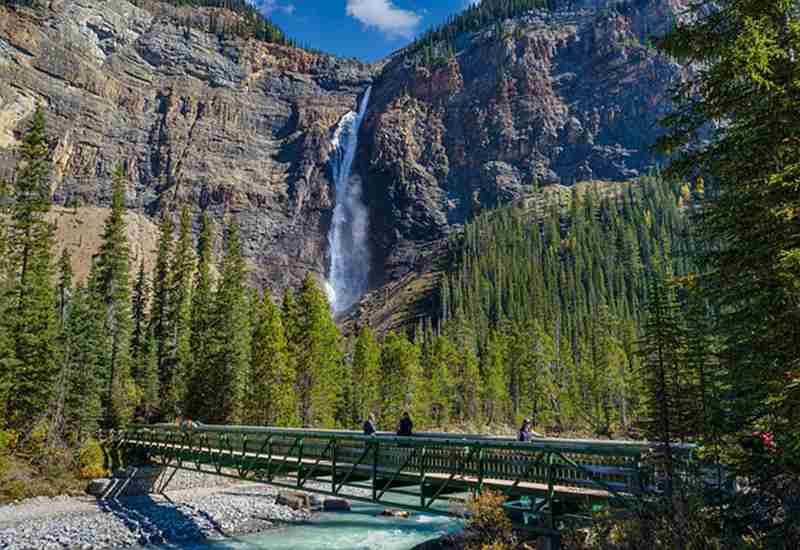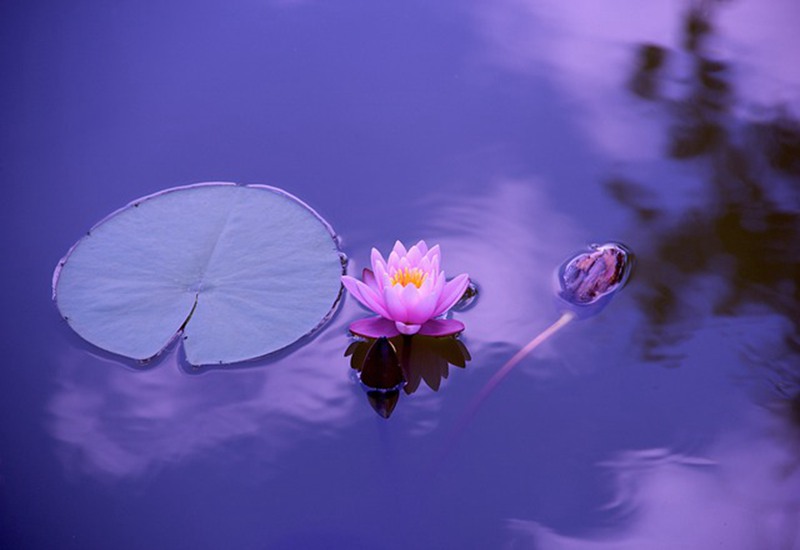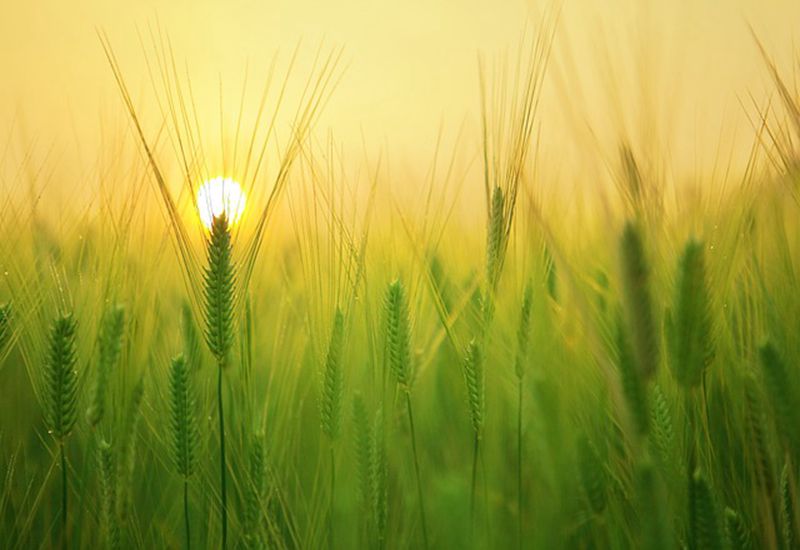北海公园 英文介绍
Beihai Park
2006-11-2 16:39:13
Beihai Park
Beihai Park has been a playground for emperors for hundreds of years. Some attribute this site to Kublai Khan, grandson of Genghis Khan and founder of the Yuan Dynasty in China. The island at the southern end of the lake is said to have been created by excavating the lake on the orders of Kublai Khan, and this location is associated with his great palace. This would have been the centre of Beijing before the Forbidden city was build in the Ming and Qing dynasties. Unfortunately, all that remains of the Khan’s palace today s a large jar made of green jade.
Dominating this island, known as the Jade Islet, is a 36m high white dagoba, originally built in 1651 and then rebuilt in 1741. This is one of the most famous dagobas in all of China#
Stupas of all kinds appeared in China with the import of Buddhi . In Chinese, these are all known as 塔, including all styles of stupas and pagodas. Initially, stupas were said to contain some sort of Buddhist relic or ashes of a saintly Buddha. Other times, stupas were built to safekeep holy scriptures and various ritual implements. This leads to the terms 佛塔 Buddha’s pagodas or 宝塔 treasure pagodas.
The dagoba is a pagoda of Tibetan style and is sometimes called 塔 after the Lnist school of Buddhi . Mongolians have also been followers of this school, which originated in Tibet. So it makes sense that Kublai Khan would set about building a large dagoba in Beijing after selecting the city as the capital of the Yuan Dynasty. It was hoped that the dagoba would symbolize the regime’s divine power and keep the nation at peace.
Another attraction in Beihai Park is the 9 Dragon Wall 九龙壁, sculpted in 7 colours of glazed tile. Screen walls were common in traditional architecture for giving privacy to an entrance as well as serving as a symbol of rank. The number 9 and the dragon are both symbols of the Emperor. The screen wall in Beihai Park is cidered the most splendid of three similar walls in China dating from the Ming dynasty. So the wall in Beihai Park is definitely worth seeing when you visit.
北海公园英文简介
Park in the North Sea locates city center area, the northwest side in past temple, because of with in sea, call three seas south china sea and separately but get.Here originally the 辽 , gold, dollar, 5 clear and pure dynasties builds gradually but become of the 帝 king’s palace and garden, is our country existing the most ancient old, the most complete, have comprehensive and representative most of one of the Royal parks.The whole parkses conceive outline layout by”one pond three fairy mountains”(too liquid pond, 蓬莱 , square 丈 , 瀛 continent) in the myth, the form is special, being rich with a strong imagination artistic conception color.
The North Sea park in Peking starts to set up after 辽 generation, in the past repair extending, going to purely changing to set up large-scalely during the reign of Qianlong, basic formation today of structure and form, be apart from now already thousand years, for our country existing the most long, keep one of the most complete Royal parks.
Park in the North Sea from hot 亥 revolution before, is all Royal to resist 苑 , cover about 69 hectares, the surface area reaches to 39 hectares, the marking building of park for locate at in the permanent stability temple on the island of 琼华 white tower
北京景点,,一定要英文的啊
1、Summer Palace 颐和园
2、The Great Wall 长城
3、The Temple of Heaven 天坛
4、Forbiden City/The Palace Museum 故宫
5、Tian`anmen Squre 广场
6、Beihai Park 北海
7、Xiangshan Park 香山公园
8、The nest
9、北海公园 Beihai Park
10、故宫博物院 the Palace Museum
11、历史博物馆 the Museum of Revolutionary History
12、Forbidden City紫禁城
13、Imperial College国子监
14、Drum Tower鼓楼
15、Old Summer Palace圆明园
16、Ming Tombs十三陵
北京北海公园英文版简介
北海公园原是辽、金、元、明、清历代封建帝王的。总面积共有68.2公顷。公园的中心——琼岛,周长1913米,高32.8米,是1179年(金代)用挖海的泥土堆成的。岛上白塔建于1651年,塔高35.9米。
Beihai?(North?Lake)?Park, covering?an?area?of?68.2?hectares, was?the imperial?garden?in?the?Liao,?Jin,Yuan,?Ming?and?Qing?Dynasties. The?centre?of?the?park?is?Qiong?Island, 32.8?metres?high?and?1913 metres?in?circumference. It?was made?in?1179?(in?the?Jin?Dynasty) with the earth that came from the digging?of the lake. The White Pagoda built?on?it?in?1651 is?as?high?as?35.9?metres.
琼岛东北部有“琼岛春阴”碑,为1751年建立,附近风光秀丽,过去是燕京八景之一。
There is a stone tablet erected in 1751 in the northeast of Qiong Island, with“Qiong Dao Chun Yin”(Spring Shade on the Qiong Island) engraved?on?it. This?area,?noted?for?its?beautiful?scenery, was counted?as?one?of?the?eight?outstanding?views?of?Beijing.
海北岸有“五龙亭”,建于1602年,是封建皇帝钓鱼和看焰火的地方;“九龙壁”,建于1756年,全璧用五彩琉璃瓦砌成,两面各有蟠龙九条,姿态生动,反映了我国劳动人民的创造才能;“铁影壁”,是元代文物。
On?the?north?shore?of?the?lake?are?the?Five?Dragon?Pavili, built in 1602, where the emperors enjoyed fishing and watched fireworks. Not far to the northeast stands the Nine-Dragon Screen, put up in 1756, which is made of colourful glazed tiles. With nine lively drag?on?each?side,?it?has?proved?the?creativeness?of?the?working people?of?China.?Near?there?is?the?Iron?Screen,?which?is?a?relic?of?the Yuan?Dynasty.
以上就是逍遥游关于北海公园英文介绍-北海公园英文介绍的介绍,希望能帮到大家,更多信息请关注我们!









